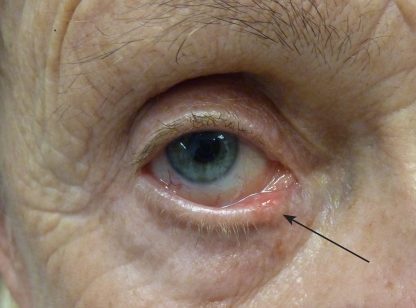Lasers have always seemed futuristic. But they are a daily phenomenon at any plastic surgeon’s office or medical spa. As with any technology, cosmetic laser technology advances quickly and can be challenging to keep up with. And with so many advertisements and promotional pitches, the promises of minimal downtime and amazing results are easy to doubt.
There is a lot of hype out there, so let me give you the low down.
Hair Removal Lasers
In years past, hair removal laser treatments hurt. A lot. They worked best on very fair people who had very dark hair. Fine hair and blonde hair was hard to treat. The newest technology such as the ICON laser works with any hair color and any skin type, with significantly less discomfort than before. It emits a dual pulse (one long and one short) simultaneously and the treatment is very quick.
Ablative Lasers
These lasers gently remove the surface of the skin helping to diminish fine lines. The latest technology delivers dual purpose “fractional resurfacing.” Products like the F/X fractional CO2 laser accelerate recovery and also tighten the skin at the same time. There are other lasers that do a lighter job (such as erbium resurfacing lasers) that deliver even faster recovery, but are less effective.
The fractional laser means exactly what it sounds like it means. A fraction of the face is resurfaced. The treatment lasers many, many tiny dots with a little space in between that doesn’t get lasered. These spared areas accelerate the recovery, reduce down time and reduce the chance of complications associated with the old, non-fractional resurfacing techniques like older lasers and deep chemical peels. Those treatments treated every square inch and could alter pigmentation either ‘positively’ creating dark areas referred to as hyperpigmentation, and or ‘negatively’ causing white areas called hypopigmentation.
With the fractional lasers, the spots that do get laser are treated with a variable amount of energy and depth. Areas with thicker skin, like the forehead and around the mouth, get treated at higher settings for a deeper treatment with more challenging lines; areas with thinner skin, such as beneath the eyes, are done at a reduced setting but still get a fantastic correction. The skill of the operator is what ensures that these areas become blended smoothly so that the result is satisfactory all over the face. We even do the neck and chest in some cases, if sun damage in those areas indicate it.
Non-Ablative Lasers
The neat thing about this family of lasers is downtime that is measured in hours, not days. Non-ablative lasers penetrate to the deep layer of skin to stimulate collagen deposition which thickens and tightens the skin over time. If done regularly, a person may appear to be aging in reverse: getting younger and smoother over time. It also helps acne and other types of scarring. The most advanced technology measures the skin type and does not allow for settings that are too high and can burn.
Intense Pulse Light and Dye Lasers
Wouldn’t it be cool if a laser could attack just one color, and leave the other tissue alone? Well, now it can. Various lasers can be set to eliminate specific colors such as red for capillaries and blood vessels, or brown for moles or discoloration such as melisma. These targeted areas are treated while surrounding tissue is untouched. Tattoo colors can also be targeted.
Newest Laser for Stretch Marks
The FDA has recently approved the ICON laser for striae, commonly known as stretch marks. This laser penetrates the scar, contracts the width and smooths the texture on the surface, making this problem (for the very first time) much less noticeable. Typically, patients require between three and five treatments to restore skin smoothness and consistency. The procedure is very quick – each treatment can be performed in as little as 30 minutes – and there is little to no downtime.
As you can see, laser technology continues to rapidly advance with patient comfort and results in mind. Prior to selecting a treatment, do your homework and consult with qualified professionals to ensure that you are receiving the procedure that best meets your individual objectives.
Dr. Chopra is medical director of The Plastic Surgery Institute in Rancho Mirage and can be reached at (760) 568.2211. Please send your ideas and recommended topics for his column via email to csmith@roxsurgery.com.


















































Comments (0)